Chamindika Wanduragala Creates Wonderment in Puppetry and Stop Motion
I’m a multidisciplinary artist building a world full of characters that are sometimes human, sometimes anthropomorphic creatures that exist in a space between dream and myth, yet are rooted in real-world experience.
My work is driven by my joy in seeing a puppet coming to life and my desire to transport people to another world. I love everything about puppet theater! Making objects, devising and working with other Native, Black, IPOC performers. For the puppets/objects, I like to combine organic materials (sticks and black walnuts from the backyard, for example) with familiar found objects and hand-building onto them with paper mache and other techniques (you can see details of the puppets on my website).

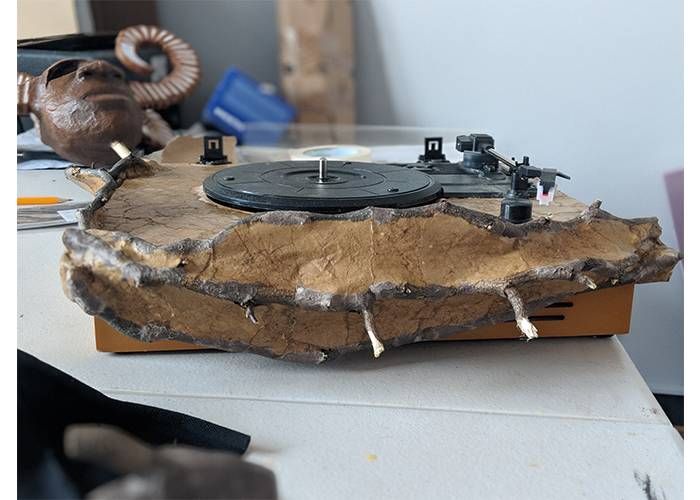
I love transforming my experiences into surreal tales. My aesthetic comes from coalescing my Sri Lankan-American experience with puppetry/stop motion and my love of music, mythical tales, and creatures in the vein of fantasy and science-fiction storytelling. One of the main themes in my work is my relationship to motherhood.
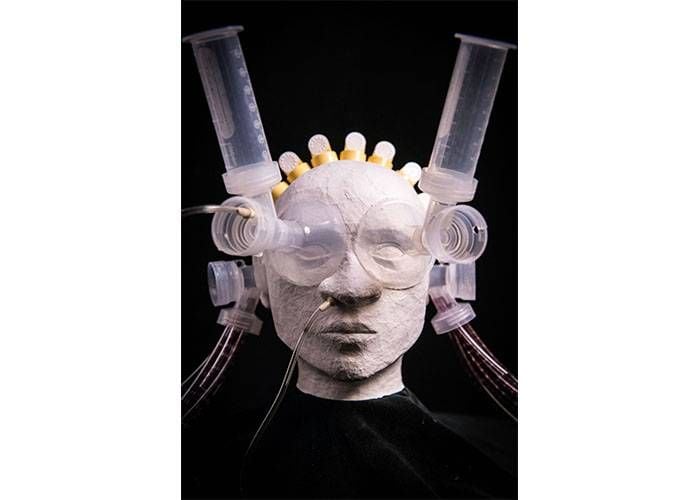
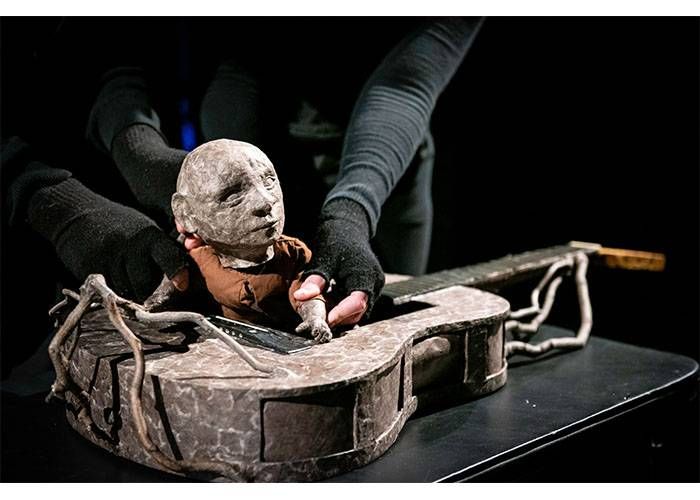
For many years, my medium was oil pastel drawing. Then I stepped away from my career to stay at home with the kids until they started school. Motherhood changed me so fundamentally that oil pastels could no longer fully express what I needed to say. When I returned to artmaking, the direction of my work profoundly changed, and I began creating puppetry, which also led me to stop motion. I’ve had a deep love of both forms for decades, but had never tried them out.
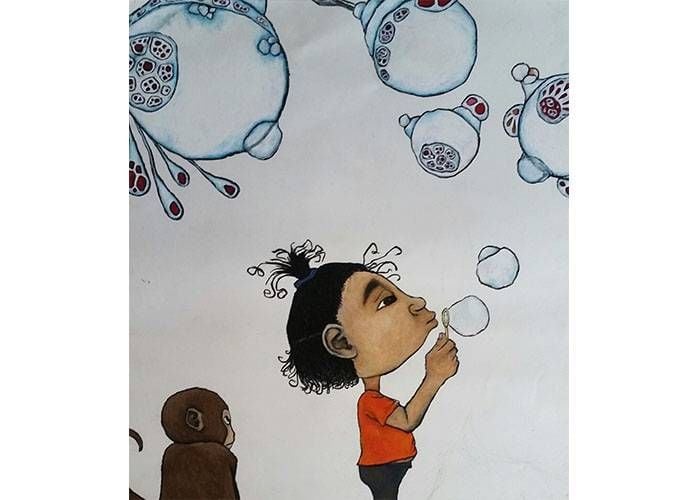
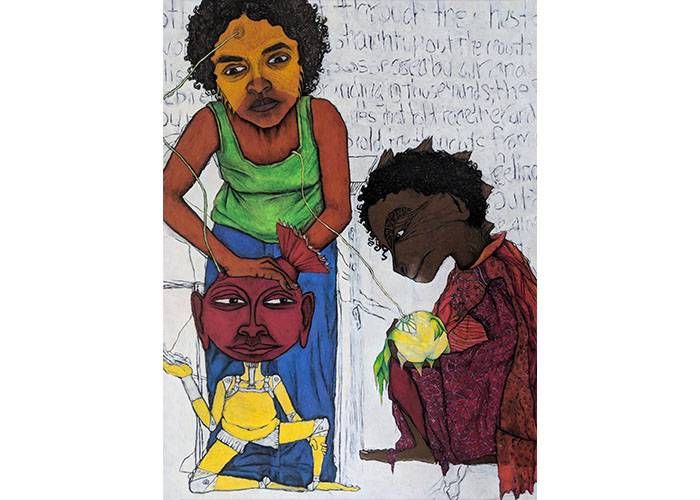
Stop motion (which involves taking a photo, moving objects slightly, taking another photo, etc., so when played sequentially, it looks like it’s moving) is extremely time consuming; depending on how complicated the imagery is, artists sometimes work for a month just to achieve one minute of finished footage. All that time is worth it when I view the final footage; seeing my characters come to life on their own feels like pure magic!
I feel passionate about these forms because there’s a magical feeling when you see objects brought to life. When performed well, you truly believe the puppets are alive! It fills us with a sense of wonderment, a sensation that we might not have felt since we were children. It’s a very healing and transformative art form, which is why I feel so strongly that all our communities should have access to it.
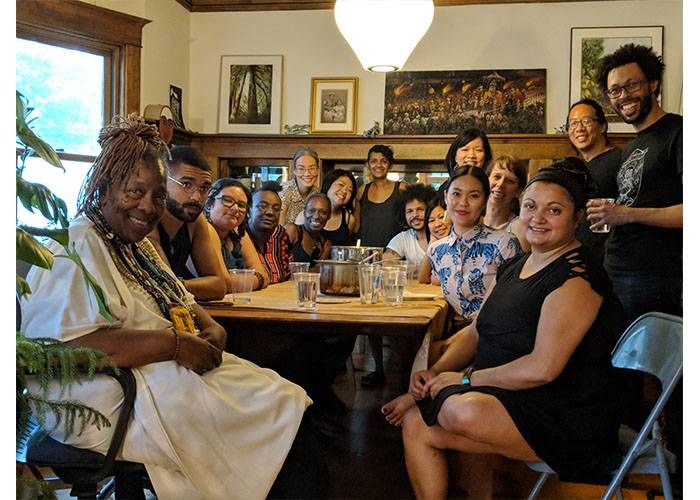
I founded Monkeybear’s Harmolodic Workshop, which nurtures Native, Black, IPOC artists in contemporary puppet theater. Puppetry has been practiced around the world since ancient times, but in the United States, the contemporary field is largely white. It’s hard to have a point of entry when you don’t see yourself reflected. Monkeybear creates free opportunities to gain skills and experience in this powerful form of visual storytelling. It’s been exciting to see our community of puppet artists grow through Monkeybear’s culture of support, collaboration and sense of play!
See more stories from our multi-media series Art Is…
Production Team: Kate McDonald, Ryan Klabunde, Jim Kron, Eric Pagel, Terry Gray, Matt Mead.
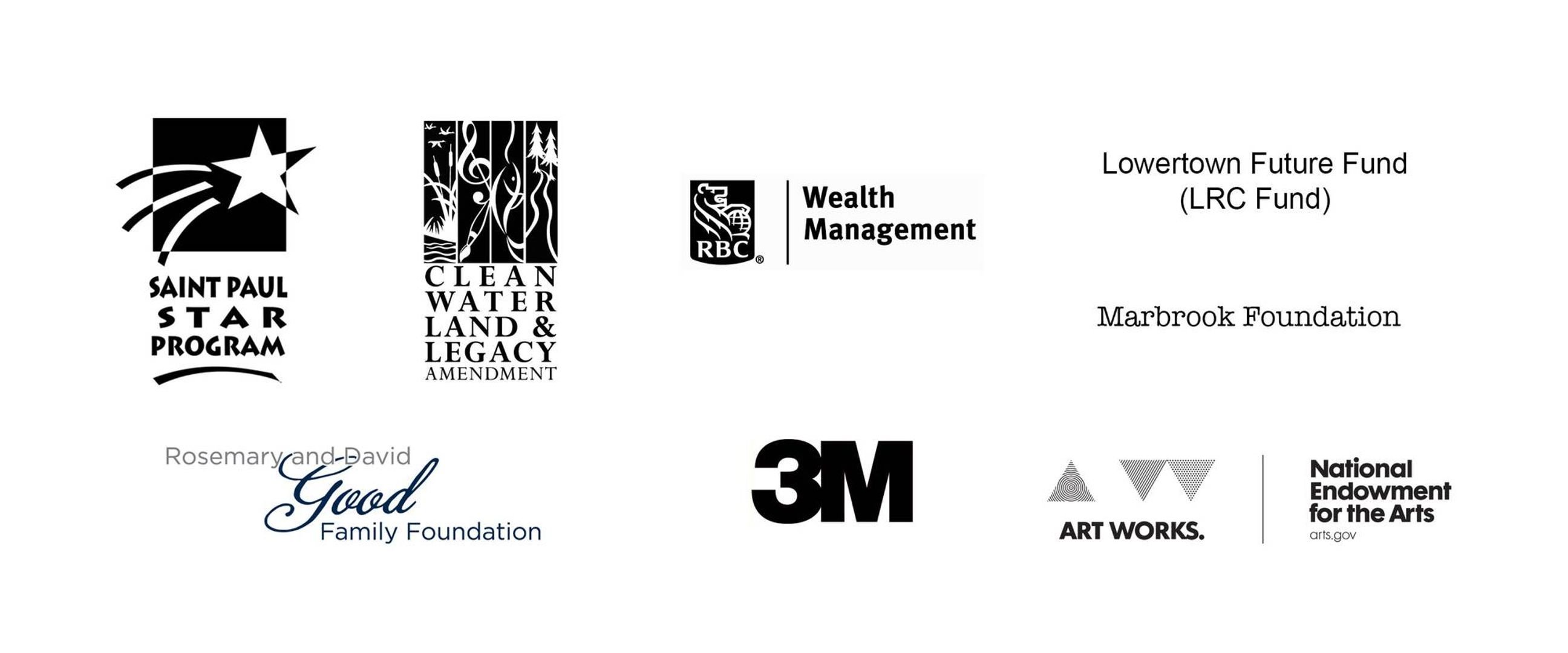
Get to know writer and 2020 McNight Distinguished Artist Marcie Rendon, who highlights Native American resilience in her work and served as a lead artist in the 2019 Art Is... program.
George Floyd’s police killing has inspired countless artists across the globe to create murals in his honor, works that also call for justice and anti-racism reform. And that’s left a lot of people wondering what will happen to the works of art – many created on temporary surfaces such as plywood panels – when communities start to rebuild. Students and professors at the University of Minnesota have created an online database that aims to catalog these expressions so they can be studied for years to come.
